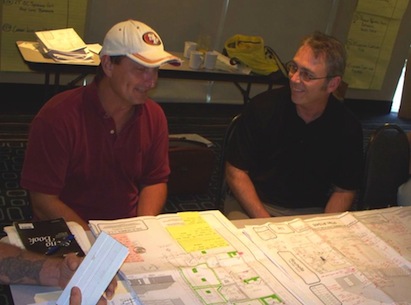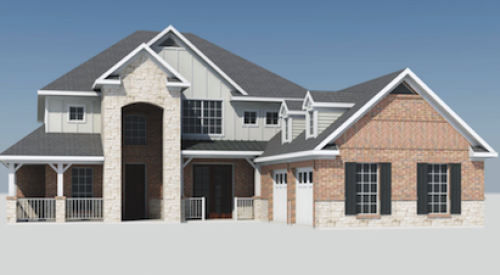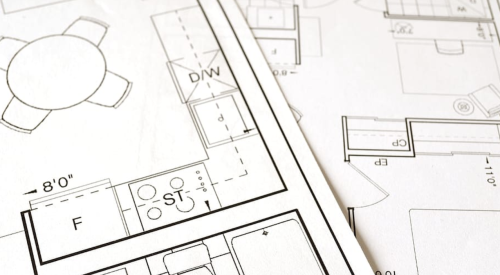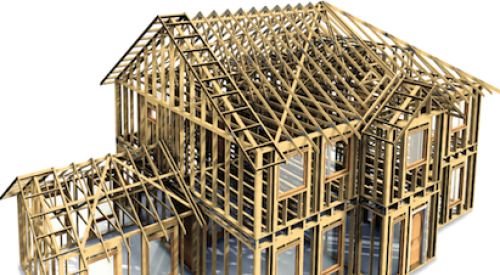Construction drawings are complex and getting them right involves a whole lot of moving parts. From working with builder and trades countrywide I have uncovered the five most common areas where mistakes are made:
1. Plan Dimensioning - One of the biggest causes of premature gray hair amongst framers is poor dimensioning. I suggest that you ensure that your drawings are done consistently with what I call dimension logic:
- Consistent font size and hash marks.
- Develop a standard distance between exterior stringers.
- Every element on a plan must be dimensioned both width and depth.
- Dimension all floating objects like islands, half walls and stair treads.
2. Window Sizes - Do not use window schedules, they cause more trouble than they are worth.
- Verify and label all tempered windows.
- Call off all windows on plan and elevation.
- Call off windows on the elevation that do not show up on the plan, such as dormers and false gable windows.
3. Casing - The fact is, buyers do not like ripped casing. These tips will help you avoid that nasty little problem.
- Check every opening - make sure all doors and windows have room for casing.
- Compare door size to hallway width.
- If windows are close together create a provision for flat stock casing.
4. Elevation Dimensioning
- Call off all window heights.
- Call off bearing heights.
- Dimension all arches and special details.
- Dimension all overhangs.
5. Plans Must Stack - It's simple really. The second floor lays over the first, the first floor over the foundation. You would not believe how often I see this basic and critical rule violated. This error can cost thousands, create all kinds of trouble and possibly get you into hot water with the customer. Make sure that your architect or designer verifies that all plans stack upon completion of the job. They may scoff a bit at this since it is so basic, however if it is wrong on just one plan it will create major heartache.
So how do you stop these mistakes from happening? The best way is to create a design checklist that includes the above items including the subset. Faithful adherence to a well thought out checklist will make a world of difference to the quality of the drawings that your trades and suppliers are working with. Final results are efficiency, decreased variances, trade loyalty and increased profit. If only I had this type of checklist when I started my career, I could have saved a boat load on Just for Men.












